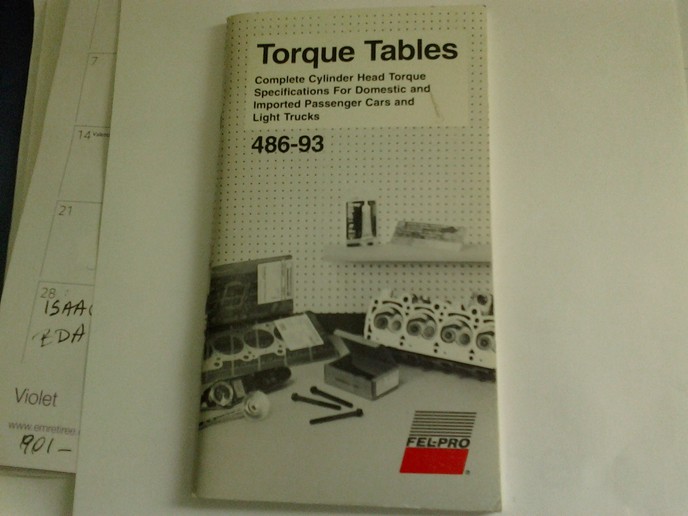I'm curious what others do when re-torquing head bolts.
I've always just thrown the torque wrench on and hit it, but recently I saw somebody loosening each bolt a little bit first.
I can understand the logic behind that, but I have mixed feelings on trying it. I've never had any trouble from doing it my way, so why change now, but I'd still like to hear other's opinions.
Have I been doing it wrong all these years?
I've always just thrown the torque wrench on and hit it, but recently I saw somebody loosening each bolt a little bit first.
I can understand the logic behind that, but I have mixed feelings on trying it. I've never had any trouble from doing it my way, so why change now, but I'd still like to hear other's opinions.
Have I been doing it wrong all these years?


